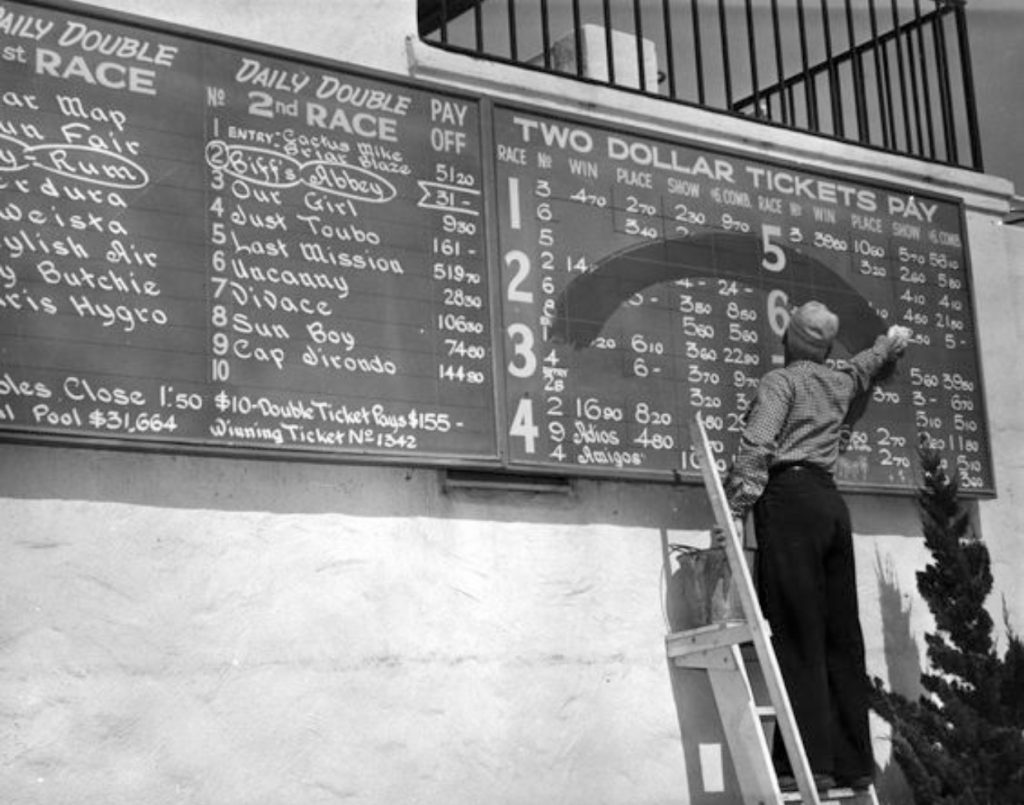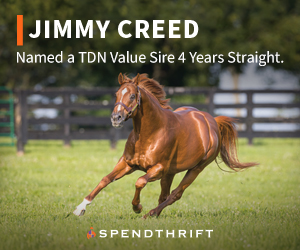
It is no longer a secret that the US betting market is going to explode…
Deregulation across individual States will create many new opportunities for discerning sportsmen , and in the middle of this bonanza , access to a Betting Exchange platform, plus a correct understanding of value ,could transform many recreational punters into shrewd and sophisticated investors.
The Betting Exchange is an innovation that took UK and Australia by storm , and very soon, it will be the turn of US bettors to have access to this game-changer. In addition to the opportunity to get better odds ,to wager in-play ,to hedge, to swing, to arb, the Exchange will offer everyone the option of the ‘’Lay’’ Bet .But how can we build a system that will give us the possibility to take full advantage of these new opportunities? In order to have a profitable system and make the most of the exchange we need to understand “the concept of value”.
What exactly is a Value Bet ?
Being a successful investor at the track is about spotting the difference between the chance of a horse winning and its odds on offer from the betting market .Finding these value bets and processing them with an appropriate staking program is the key to generate profitable returns. A value bet is where the probability of an outcome is either significantly higher or lower than what the odds on offer reflect.
For example: If you think that the odds of a horse should be 5, a value bet could be 2 (Underlay) or 20 (Overlay) if you find it on the Exchange. To put it another way, if you use percentages and you think a horse has 20% (odds 5) chance of winning, a value bet could be a percentage of 50% (odds 2) or 5% (odds 20) on the Exchange market. The formulas that give you relation between odds and percentage are: Odds= 1/P P=1/odds ( P for Percentage).So, the trick to find a Value Bets is to find these discrepancies in the market and secure better percentages.
Efficient Market Theory
In an Exchange, users are betting against other users, so the market is driven by supply and demand. The opposing views and opinions of all the players create the perfect market. The theory goes that the market is always efficient which means that odds accurately reflect the chances of the outcomes. This is a very old concept and Aristotle was the first to coin the term ‘’ The wisdom of the crowd “ in ‘’Politics’’ 4th Century BC, stating that “the many are smarter than the few ‘’.James Surowiecki in his excellent book “The wisdom of the crowd” 2005 proved that “there is an idiosyncratic noise with each individual judgment and taking the average over a large number of responses will go some way toward cancelling the effect of that noise”. It is verifiable that the market is pretty efficient as statistically the most likely winner of a race is the first favourite, the 2nd most likely winner is 2nd favourite, the 3rd most likely winner is the third favourite, etc….
Or does it ?
However, as Surowiecki himself said, it is only true when people are independent from another and it is rarely the case at the track when most players spend more time looking at the odds on the screen than looking at the horses.
The Efficient Market Theory has its pitfalls and when we will find them , we should be ready and prepared to exploit them . Indeed, cognitive biases like Social Proof described by Robert Cialdini or the Bandwagon effect can sometimes considerably influence market dynamics and create opportunities because most punters concentrate too much on getting short-term returns and ignore long term strategy.
Reflexivity
George Soros explained in ‘’Alchemy of finance ‘’ that he made his fortune exploiting Reflexivity .It refers to the circular relationship between causes and effects. When a horse starts to steam more people believe in its chance of winning which result in the odds shortening even more etc…. It creates what Soros called the “Positive Feedback Loop” and vice-versa, for a drifter when it creates a “Negative Feedback Loop”.A disciplined handicapper will access the relative chances of the horse over the underlying fundamentals and seeing there is no legitimate reason for the frenzy ,he will exploit this discrepancy.
Backtesting
Also, because today a lot of the odds compiling jobs are data driven and performed by powerful software using complicated algorithms , inconsistency between odds and objective chances can be found.As Aaron Swartz used to say “reality doesn’t live in the data” and the major drawback of these computerized odds is that they are all the product of backtesting. Backtesting is the process of building a predictive model using historical data in which past event inputs are entered into the model to see how well the output matches the known results. However ,if the input conditions change slightly, or if too many players are using the same patterns and indicators, the model will perform very poorly and a reversal can occur. For example , if a jockey-trainer combination produce a high profit figure at one meeting , the gambling pack will blindly start backing the pair at the next causing their odds to crash and even if they keep the same high level strike rate, the combo will become highly unprofitable.
Odds compiling
As you can see the Perfect Market Efficiency Theory is not always perfect and you will find Value bets opportunities from time to time. In order to maximize those opportunities , we are going to propose a system that can help you define a betting strategy operational under conditions of both opacity and incomplete information. We have to accept that our task is to map uncertainty. Human nature is hard wired to dislike uncertainty ,however as our predictions are done in an organic system in which nothing is preordained and is full of contingencies ,we have to identify an exhaustive range of possibilities, not a limited set of illusory certainties like saying this horse will win or lose. Instead we suggest that you put a percentage to the respective chance each horse has of winning using your judgment and intuition .As for Example :
Horse A has 40% chance of winning this race
Horse B has 35% chance of winning this race
Horse C has 25% chance of winning this race
In other words ,you are going to make your own odds. Do not look for something particular to happen but study hard to investigate, dissect and analyse. The odds compiling job will use all your analytical skills in 4 main areas. Over reliance on a single piece of seemingly strong information can be one of the biggest mistakes you can make.
I) Form, PPs, Ratings and Weight adjusted figures.
While processing this information keep in mind that your job is to predict the future, not to estimate the previous races. David Ashford joked about it when he said that the “Formbook is useful for predicting what will happen in the past”. Look for improvers. Tom Segal, the guru of Pricewise was quoted saying that 90% of races are won by improvers.
2) Watching past races.
Modern technology offers you unlimited access to all the past races of each runner and will give you invaluable information to help you interpret each line of past performances. It will inform you on the habits of each horse, its running style, stride efficiency, equipment , behaviour at the starting gates, out of the gates, during the race, on the bridle, off the bridle etc….
3) Parade ring watching and Paddock judging.
Known more as an art than a science, paddock watching will provide you a wealth of knowledge especially if you have already seen the horse before. Also, with a first time starter you will have a terrific opportunity to judge its potential ability as you won’t have any PP to guide you. You will access the horse condition, level of preparation and fitness but also his mental attitude. As Doctor Geoffrey Hutson demonstrated in his masterpiece “Watching Racehorses”, pre-race-behaviour is a significant predictor of Performance.
4) Going down to the Start
Lastly , the observation of the horses warming up on the track will give you an intense visual and sensory experience and will be the ultimate stage of the odds compiling process. You will evaluate the quality of the relationship a horse has with his/her jockey, its psychological demeanour and the fluidity of its action travelling to the start. It will reinforce or disapprove your paddock observations. We personally think that it is the most important component and the one that will have the biggest impact on your odds compiling job , however remember that you will always favour the holistic approach and never be guided by too few criteria. Let your brain compute the thousands of pieces of information and observations you have gathered to write your forecast without thinking too much as it should come to you naturally at that stage. After your odds compiling job is produced, compare it to the market percentages and spot the differences.
Processing framework
First of all, determine how far off you want the variance to be in order to be singled out as a Value Bet. Dave Nevison in his book “No Easy Money” mentioned that he is using a 15% margin of error. Personally, we like to have a cone wide enough that takes in account the uncertainty of the forecast. We are considering a Back when our percentage is double the market’s percentage and a Lay when it is under half. Of course using such a filter will result in a vast majority of races without any Value Bets, and the amount of work preparing the race will end up to nothing. However, we fully accept that this job is a work of copious preparation, intense concentration and endless discipline.
Don’t be frustrated if you can’t find any value bets for several races in a row as most markets are pretty well balanced and our empirical experience showed that only 25% of the races can produce interesting value bets. When you find one, we recommend you to use an intelligent staking plan producing long term profits without being shaped by one good or bad race result. For this purpose the dutching staking system turned out to be far more effective than the level staking one. Finally to take full advantage of the Betting Exchange we advise you to place your bets late, ideally a couple of minutes before the start in a mature and high liquidity market.
Case Study
To illustrate the Value Bet concept, let’s have a look of how a professional team operates in a race with the system using a Betting Exchange Platform. This race took place at 12.35 pm on December 31st at Lingfield Park.
The percentages of our forecast are in black ink.
The next step consisted of processing the data using an excel spreadsheet that instantly compared the odds of the Exchange and the odds of our forecast . The spreadsheet is programmed using a dutching staking structure of £6 k.
As 3 horses have a significantly lower percentage in the forecast than on the market, the program will signal the bets to be made and after confirmation the bets can be processed automatically using a bot software on the Betting Exchange.
By Franck Mourier



